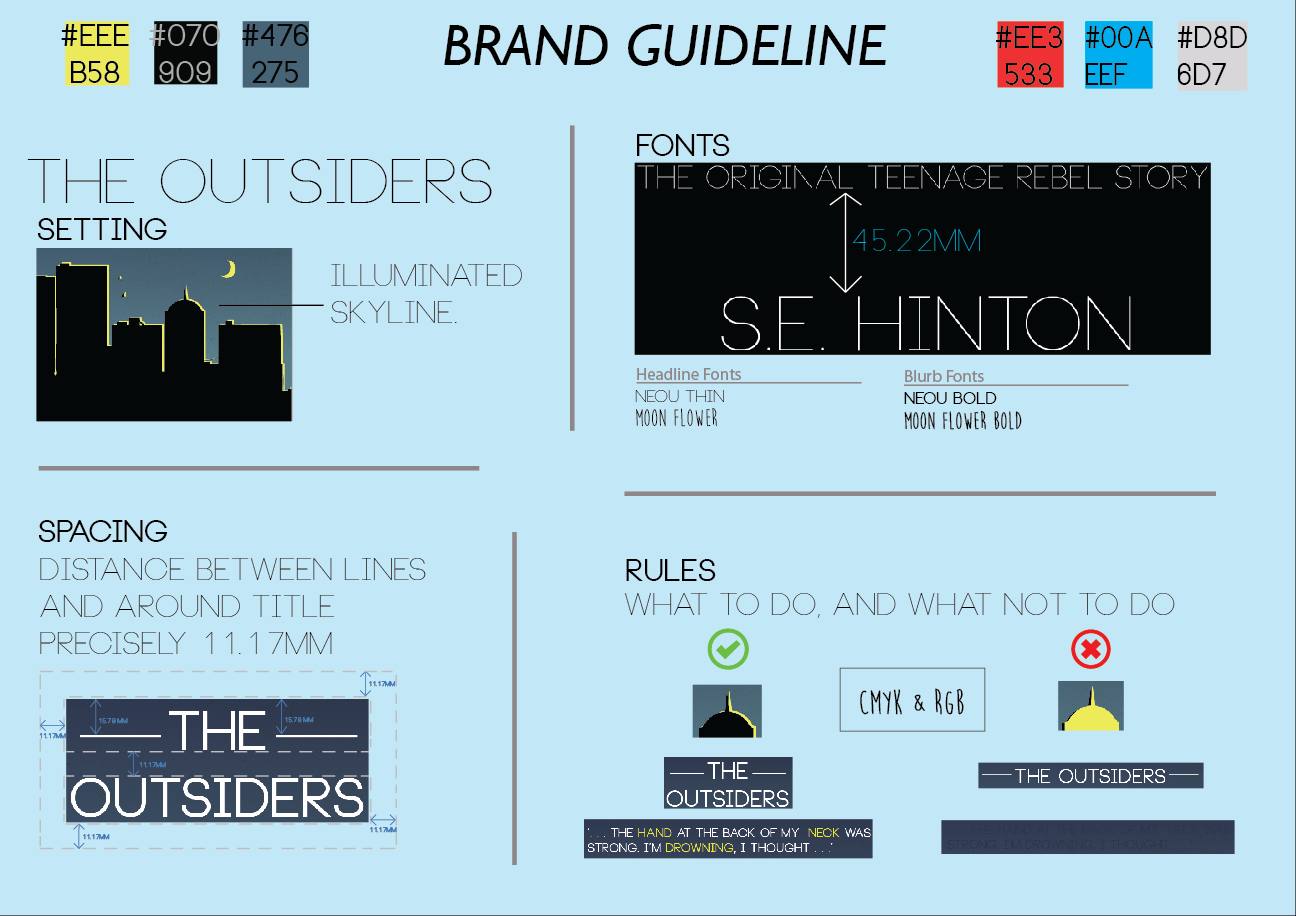I think this time round I structured the presentation more effectively and engaging than my previous and this helped to keep my colleagues entertained.
I feel that my presentation was confident, well executed and showed a structural chronological sequence of events that I researched and found inspiration from that allowed me to tell my story to what my final idea was. I first off started by giving a brief over view of the brief, to let people know what the rules and restrictions were that I was working inside of.
I then walked everyone through what types of things I looked at to get my inspiration with accompanying video clips, this appeared to go down well and everyone could really my thought and idea progression the more I explained which elements of my examples I wanted to adapt and use in my final design.
I then gave a synopsis of my chosen idea and justification why which allows the audience to reason with my reasoning overall increasing the reliability of my idea.
After that I took them through my hand drawn story boards and explained step by step in detail what each step entailed, e.g. what camera shots I am planning on using for each scene and adaptations. I then explained what was next for me in the process of making the film.
Overall I think that my presentation went well considering the time frame we had to prepare, I was concise, clear and demonstrated a chronological sequence of events that supported my final idea, the feed back also reflected this.




